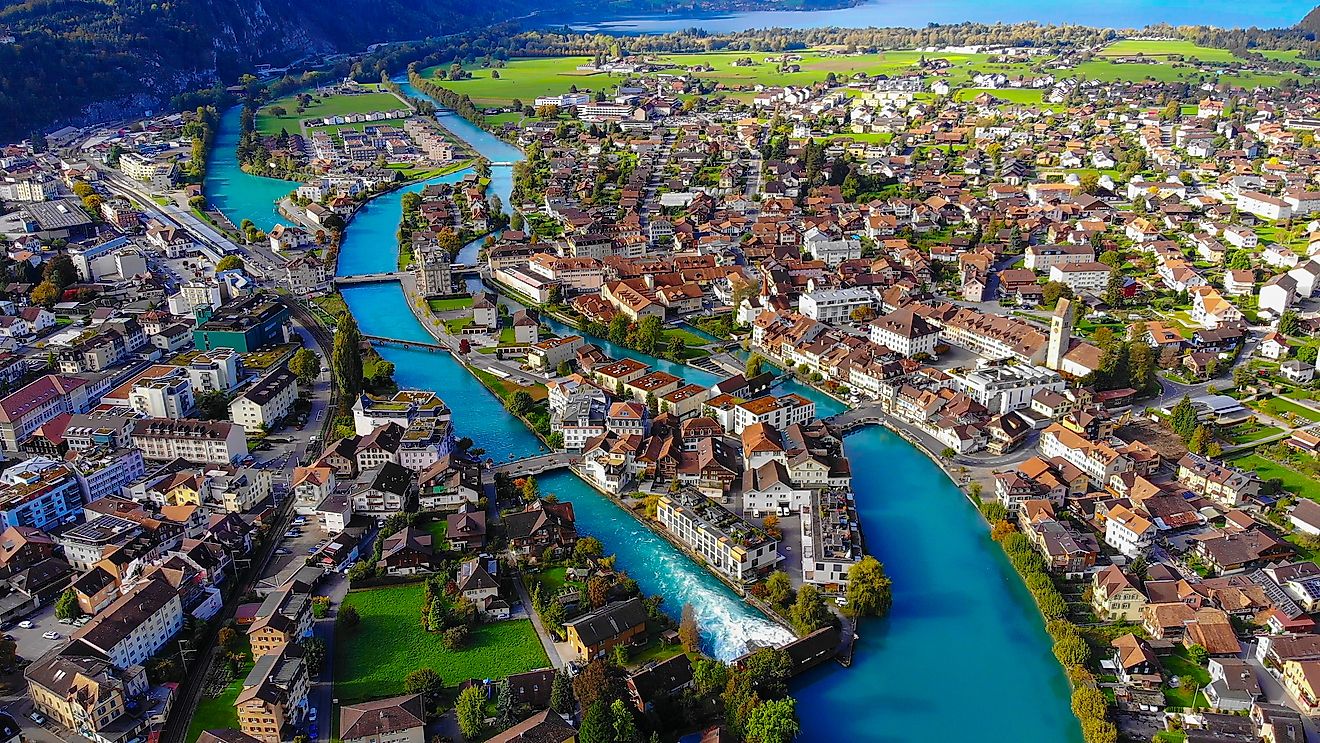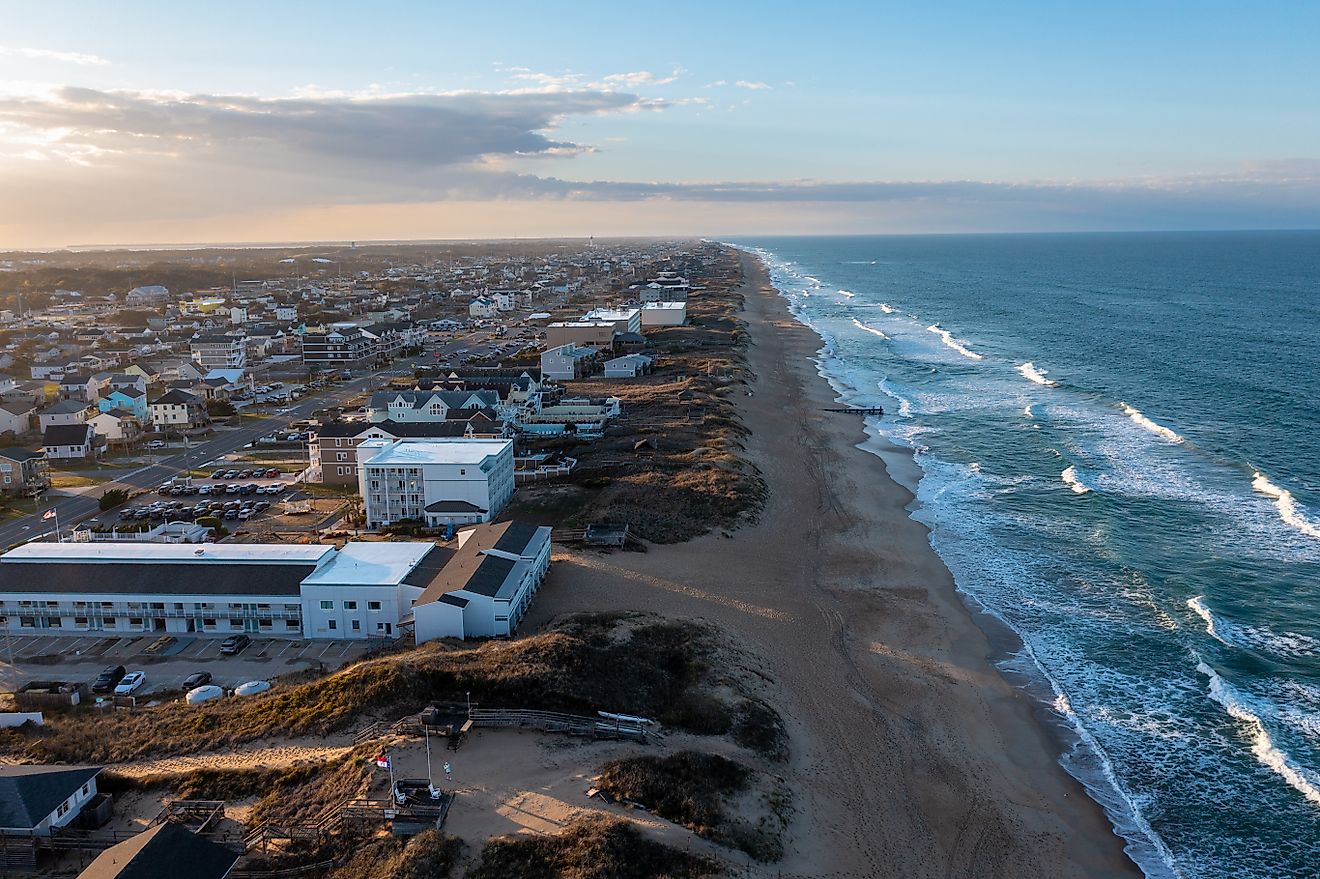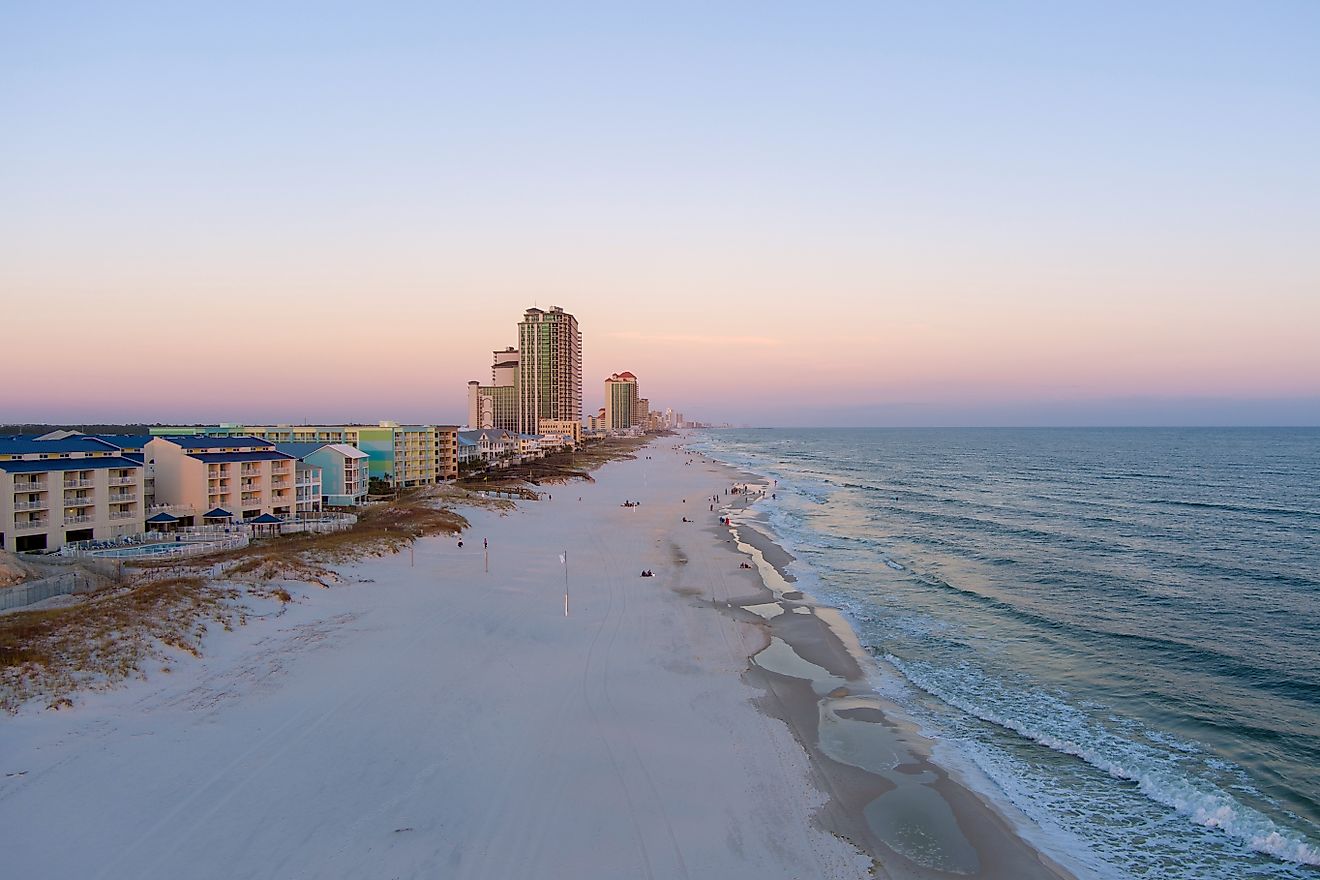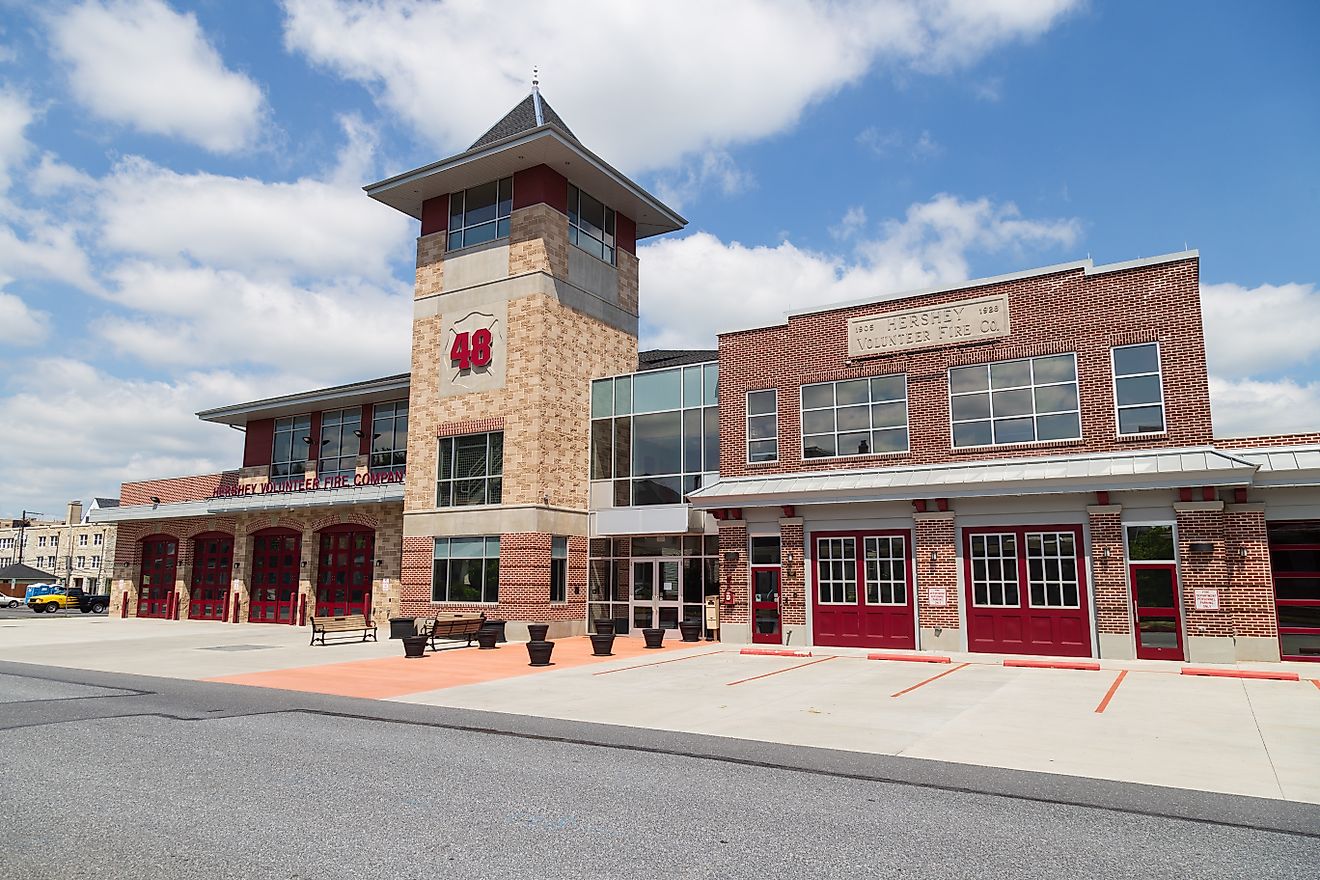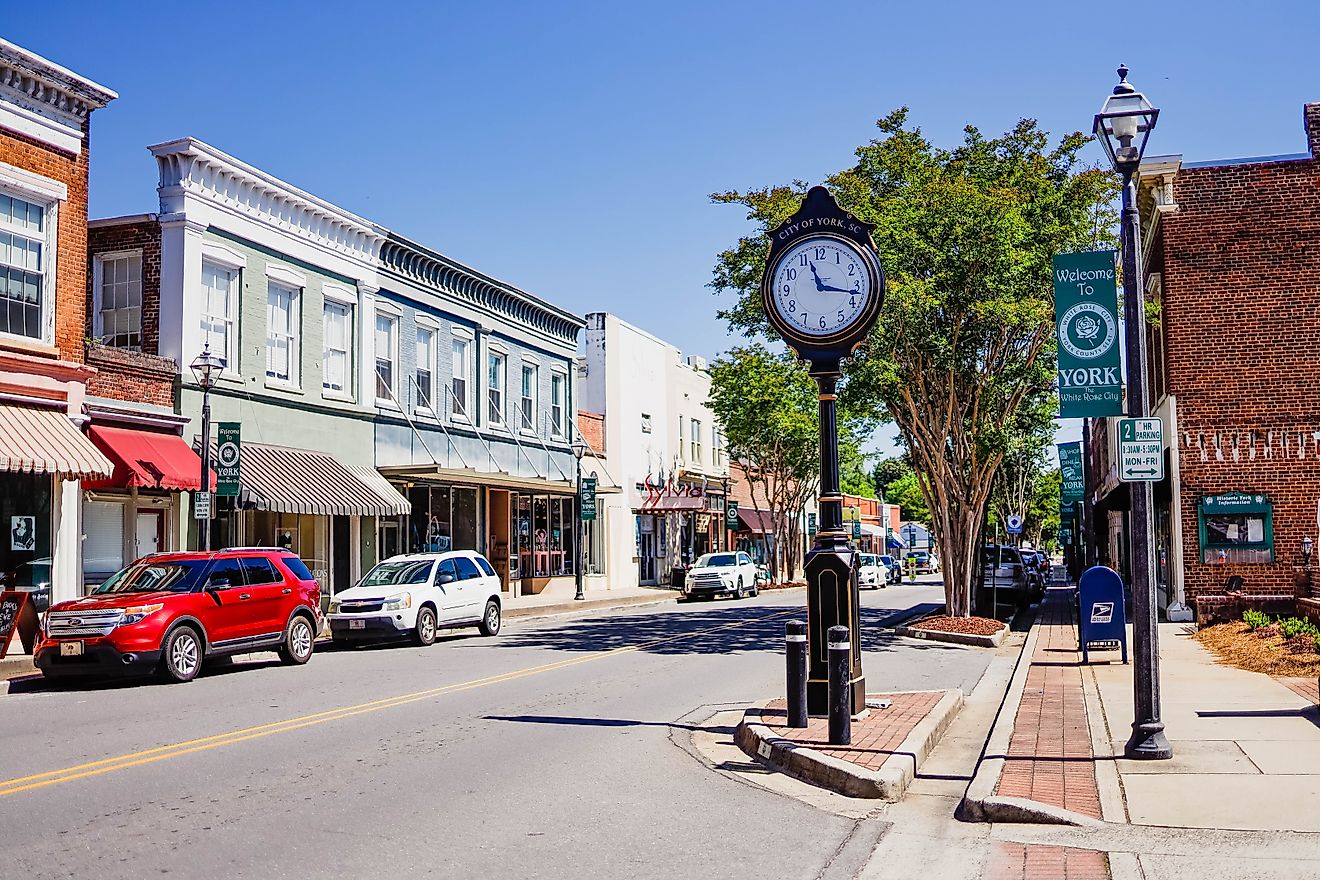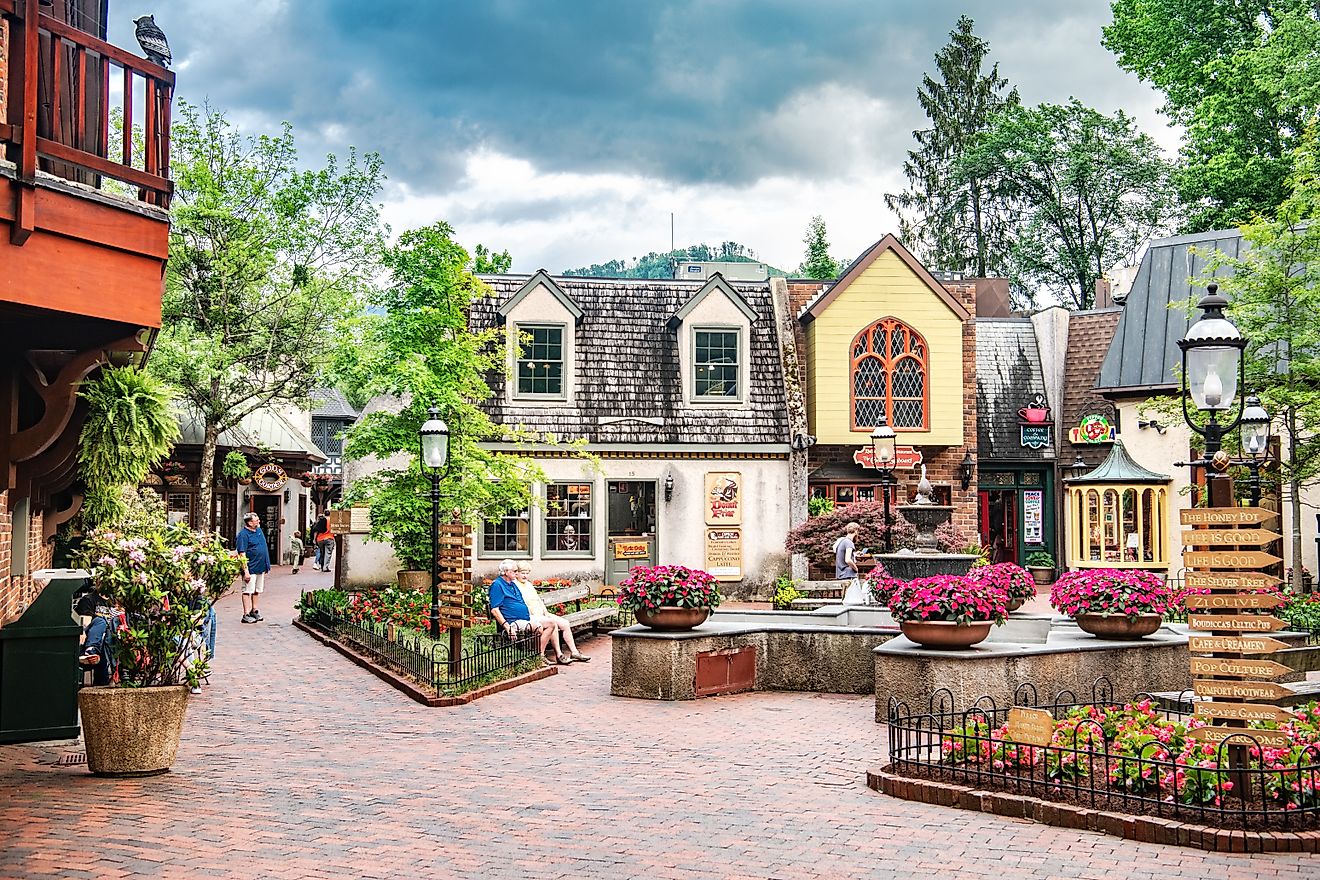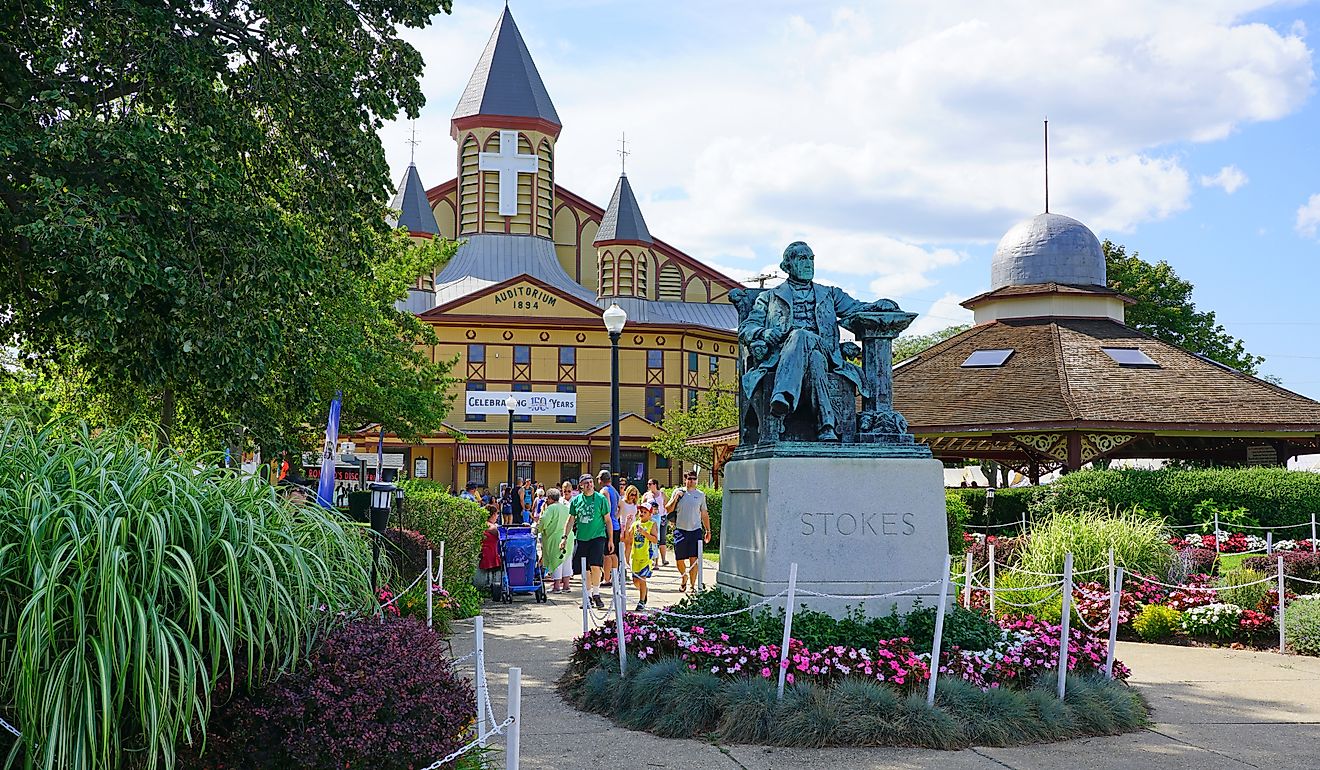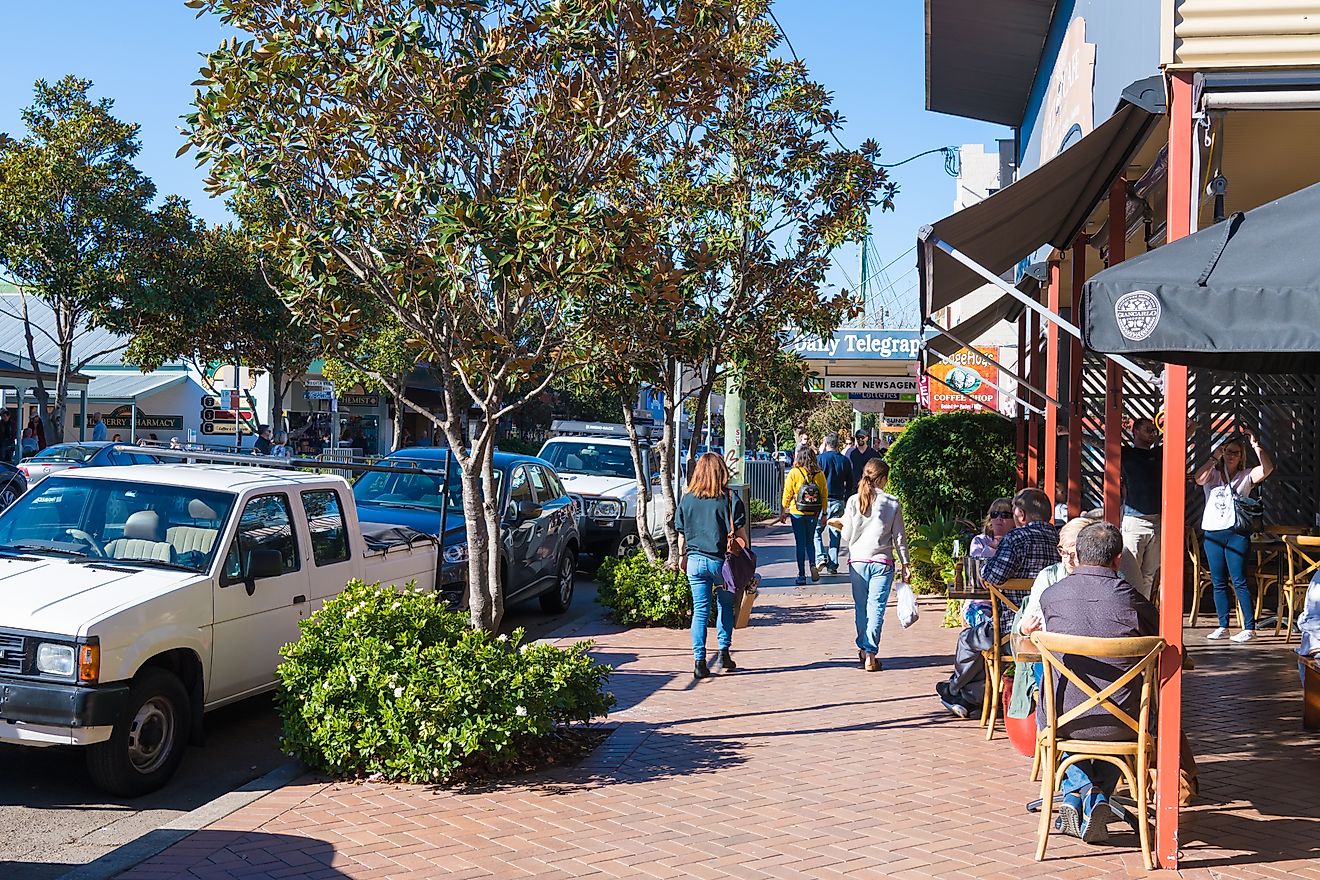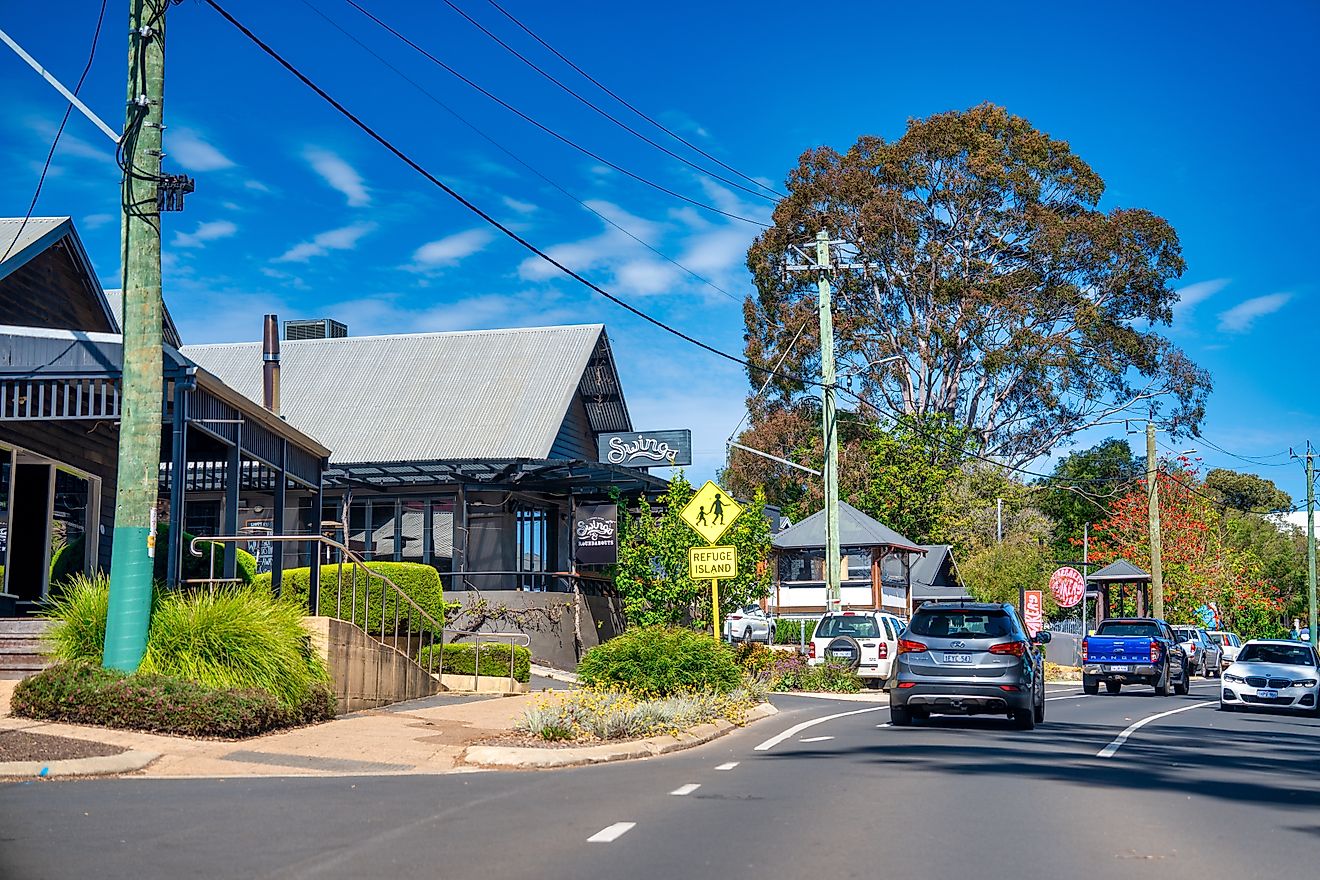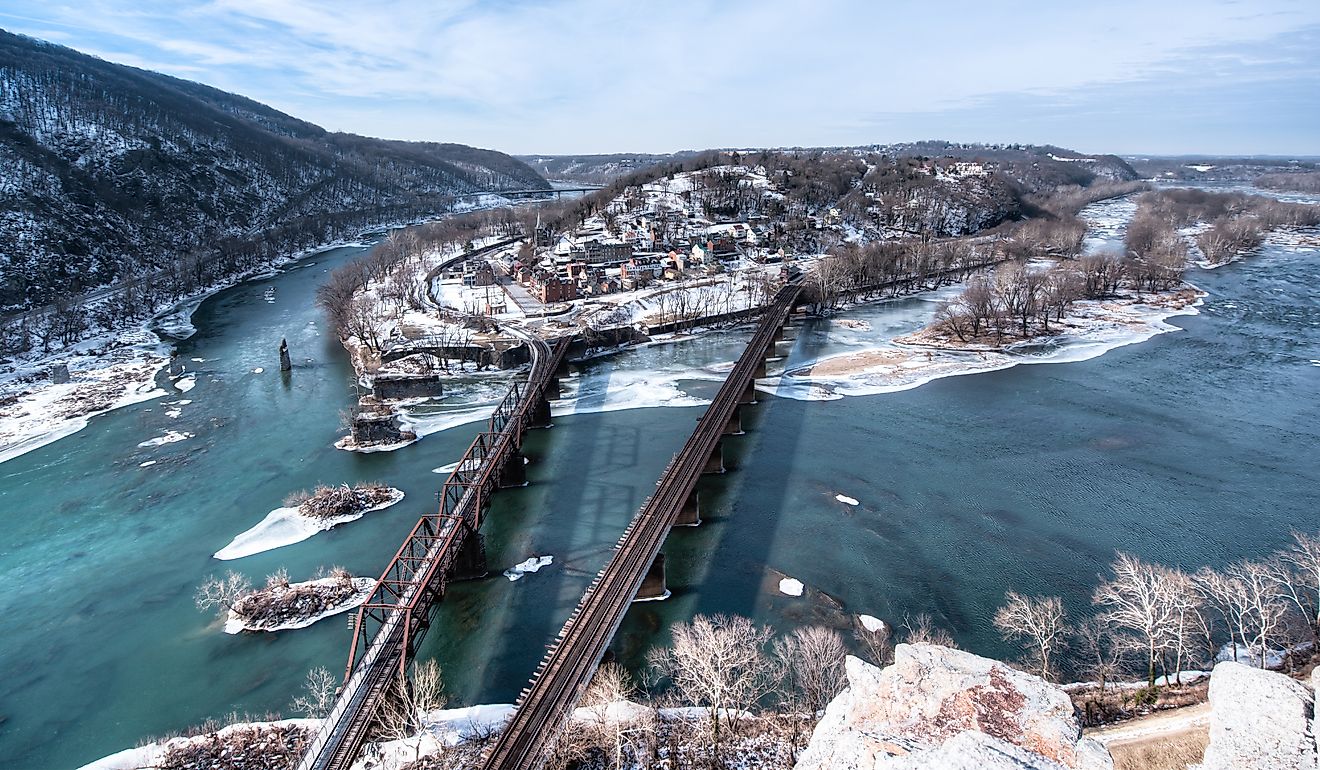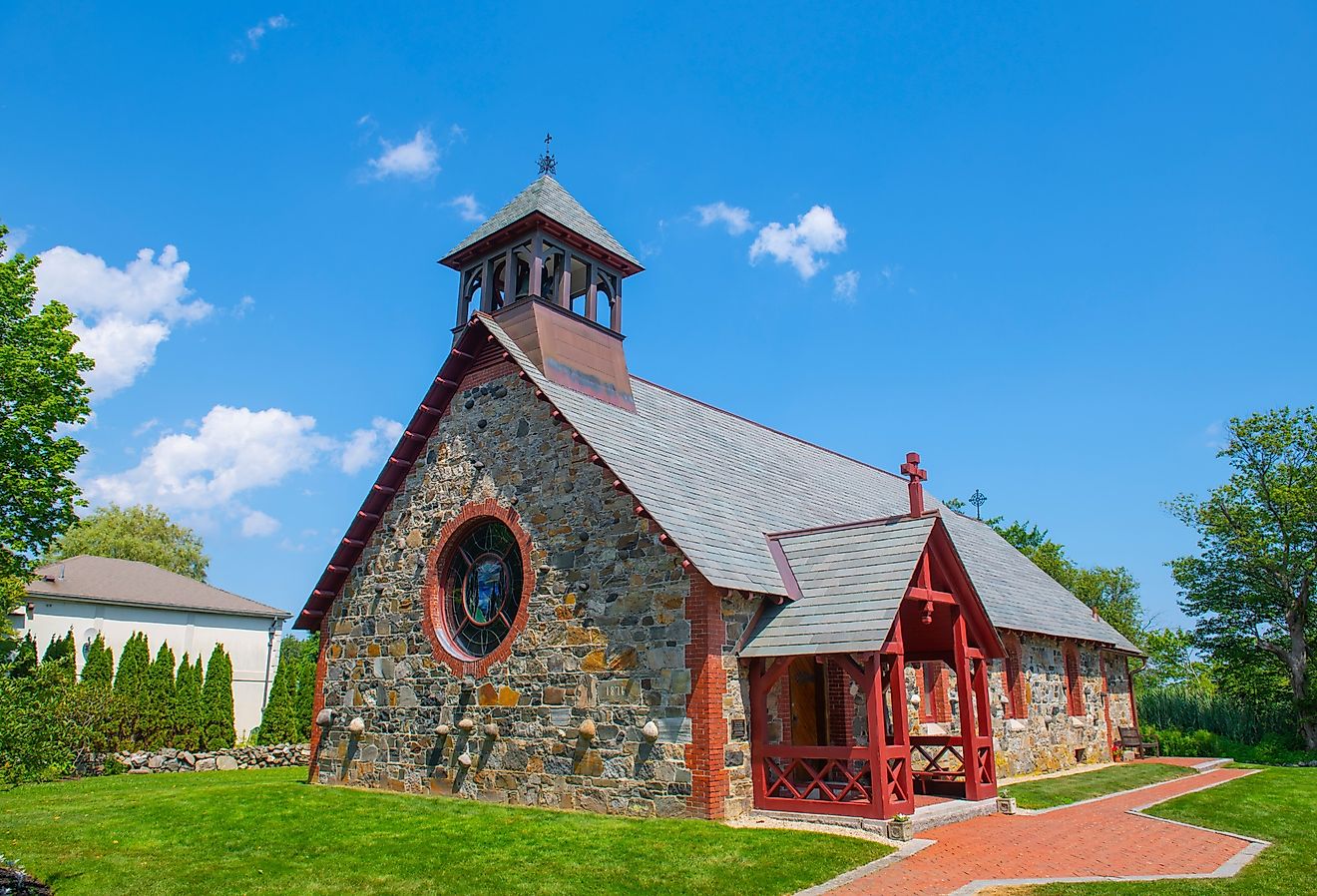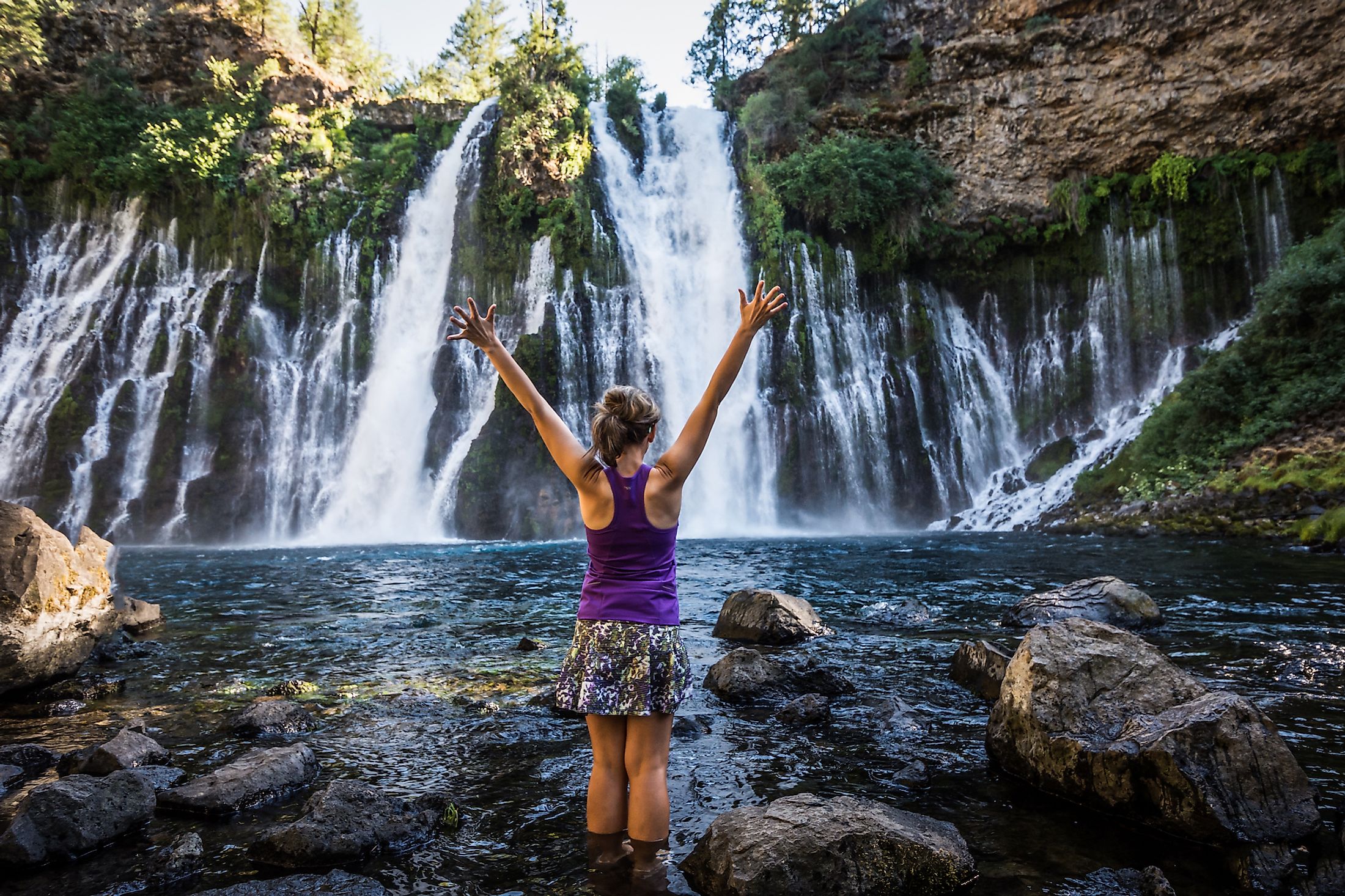
Burney Falls, California
The Burney Falls are sometimes lauded as the most beautiful of waterfalls in the state of California. The falls are nestled in the widely visited Burney Falls Memorial State Park. The habitat in the park hosts different plant and animal species, and the waterfall itself is a marvel of nature, as it constantly flows all year round, as its fed by underground springs formed through unique geology.
History Of The McArthur-Burney Falls Memorial State Park
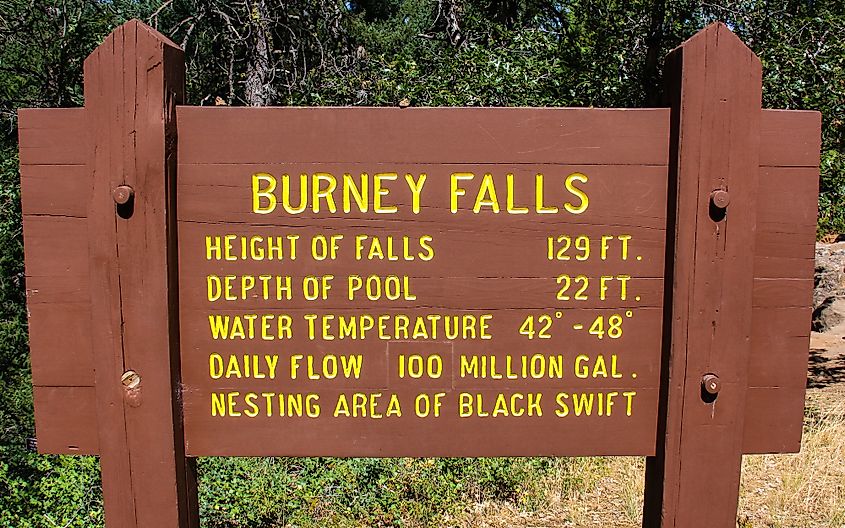
Burney Falls is a 129 ft tall and 250 ft wide waterfall, located in the picturesque 910 acre McArthur-Burney Falls Memorial State Park, in Shasta County, California. It’s named after Scot Samuel Burney, the foremost settler who arrived there in the 1850s. While there, he built a log cabin, barn, and corral for livestock. Burney was friendly to Indians and even learned their language, but the Indians killed him during a raid in 1856 in his log cabin with a hatchet strike to his head. McArthur-Burney Falls Memorial State Park also derives the first part of its name from Johh and Catherine McArthur. They arrived after Burney had been killed in 1856, according to California State Parks history. The MacArthurs bought thousands of acres of land in the area and opened a mercantile store. McArthurs' descendants saved the Burney waterfalls and land from development by buying the area, and giving it as a gift to California State in the 1920s.
A Natural Spectacle
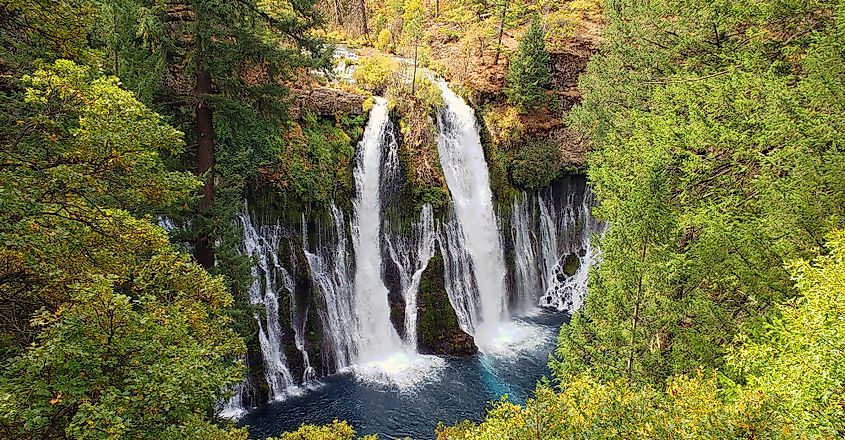
Although the Burney fall is not the largest or the highest waterfall in California, it is touted as the most stunning of them all. Its magnificence made President Teddy Roosevelt declare it as the 8th wonder of the world. In 1984, the waterfall was also officially declared a National Natural Landmark by the US National Park Service. At the waterfalls, converging waters from springs create a stunning misty basin. The Burney Creek’s origins are from the underground springs and they get larger as they get near to the fall, and flow to Lake Britton. Even when the upper section of Burney Creek dries, groundwater keeps flowing through the fractured basalt geology to Burney Falls. Then, the water comes back to the surface and flows over the top, and out of the face of the falls, all year. The waterfall has constant water flow even in summer as it’s fed by the park’s underground springs making it a year round waterfall. The Burney Falls flows at the rate of 100 million gallons of water daily. This unique phenomenon is due to the geology of the area which is formed like the Modoc Plateau geomorphic lands to the north east of California.
Wildlife
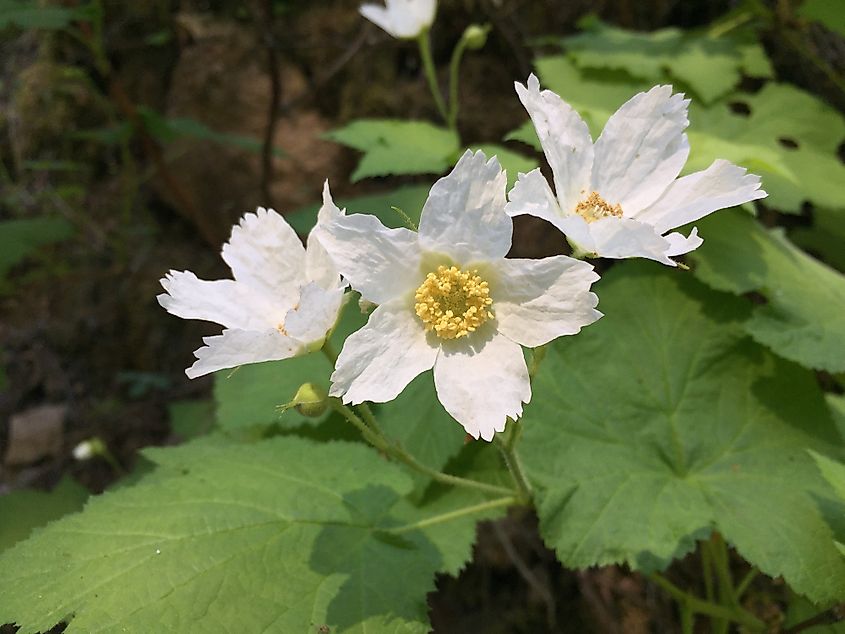
The habitat around Burney Falls and McArthur-Burney Falls Memorial State Park consists of coniferous forests with the ponderosa pine and Douglas-fir tree species growing along the Burney Creek. This is home to western fence lizards, woodpeckers and tiny animals. There is also a mixed hardwood forest dotted predominantly by the California black oak and Oregon white oak, plus the montane chaparral shrub land. In this habitat are wildlife like the ground squirrels, porcupines, gray foxes, and coyotes.
Bird species like the American white pelicans, ospreys, pileated woodpeckers, chestnut-backed chickadees, and the peregrine falcons live in this habitat. There are also migratory American black swifts and the endangered bald eagle which soars above this habitat. There are viewing sites for birders in the park. The montane chaparral is the choice habitat for rabbits, insects, and birds which feed on chaparral seeds. The mule deer which is preyed on by the mountain lion is found here.
Each season, dry areas in the McArthur-Burney Falls Memorial State Park become wet meadow habitat when the soil can no longer absorb more water. These conditions foster the growth of herbs and grasses. Insects then inhabit the wet meadow but when it dries out, small rodents move in. The rodents then attract raptors like the northern harriers and the red tailed hawks who feed on them. The tree laden Burney Creek wetlands provide habitat to the American dipper bird, western pond turtles, Pacific tree frogs, river otters, and the non-native bullfrogs.
Visiting The Burney Falls
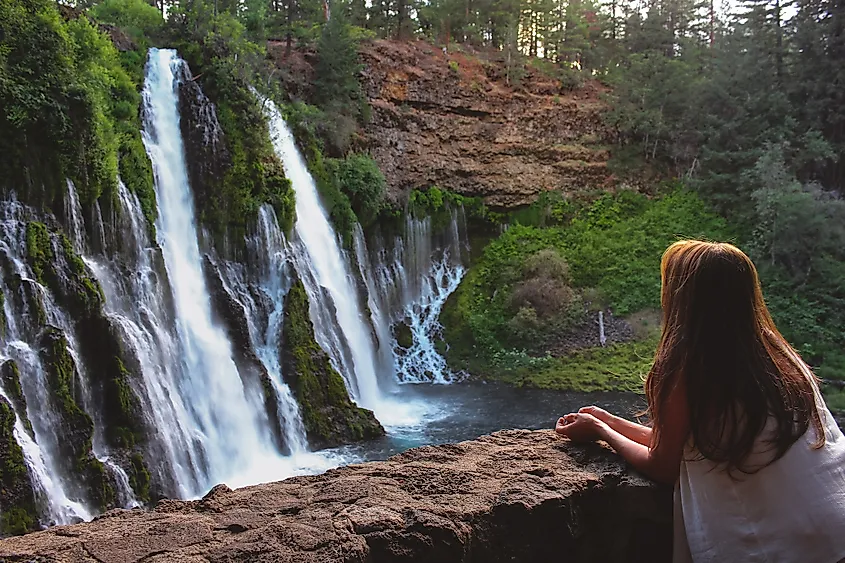
From April to October tourists flock the McArthur-Burney Falls Memorial State Park in addition to holidays and summer weekends. When this happens, the park fills to capacity and then it closes. Within the park are many recreation activities available for tourists. For campers, there are about 121 family camping sites accessible after a brief hike from the lake and the Burney Waterfalls. There is also an RV sanitation station at the campground’s north end. A five mile hiking trail winds through the evergreen forests and the Pacific Crest Trail. The Burney Creek Trail leads to the Burney Waterfalls and passes through trees like, ponderosa pine, Douglas-fir, incense cedar and diverse oaks.
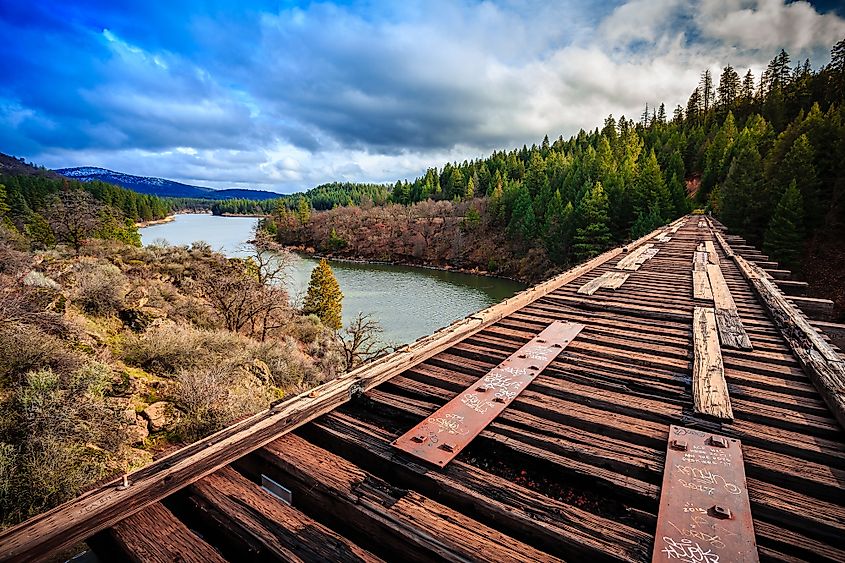
The Pioneer Cemetery Trail ideal for hiking and biking, follows a historic wagon trail that leads to the Pioneer Cemetery. Anglers can also fish at the Burney Creek where brook and rainbow trout fishes are aplenty in October and at Lake Britton where trout, bass, bluegill and crappie fish species are available. Lake Britton is accessible via the Burney Creek trail or by use of a vehicle, however, Anglers need legal permission before fishing according to California State Parks. McArthur-Burney Falls Memorial State Park also has a picnic area that can accommodate 100 people and can be rented for occasions. There are about 24 one or two roomed cabins within walking distance to the falls and camp store. The cabins are insulated against chilly nights through heating. Tourists can also go canoeing at Lake Britton.
Threats
Like many natural resources in the state of California, Burney Falls and its surrounding environment, the McArthur-Burney Falls Memorial State Park, faces threats attributed to urbanization. Rapid urban expansion is encroaching on the park’s habitat with protected indigenous plant and animal species. Also, the introduction of non native or exotic plants and animal species is threatening the native species in the McArthur-Burney Falls Memorial State park. The effect of these foreign species has led to natural flora and fauna in the park being classified as endangered or at extinction risk if protective measures are not taken. Natural break out of cycles of wild fires which leads to natural propagation of certain species has also been hampered by the presence of these foreign species.
